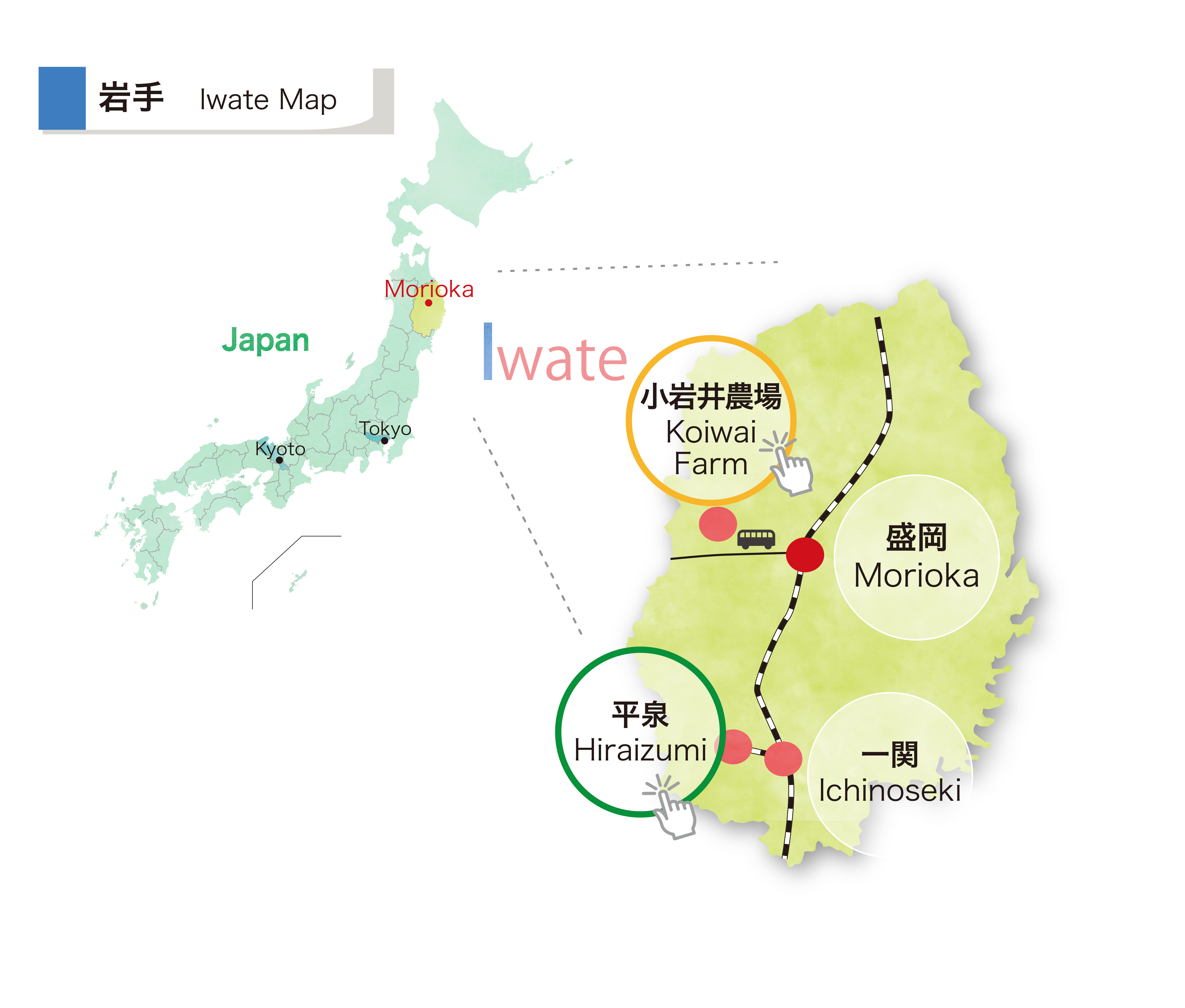中尊寺
Chusonji
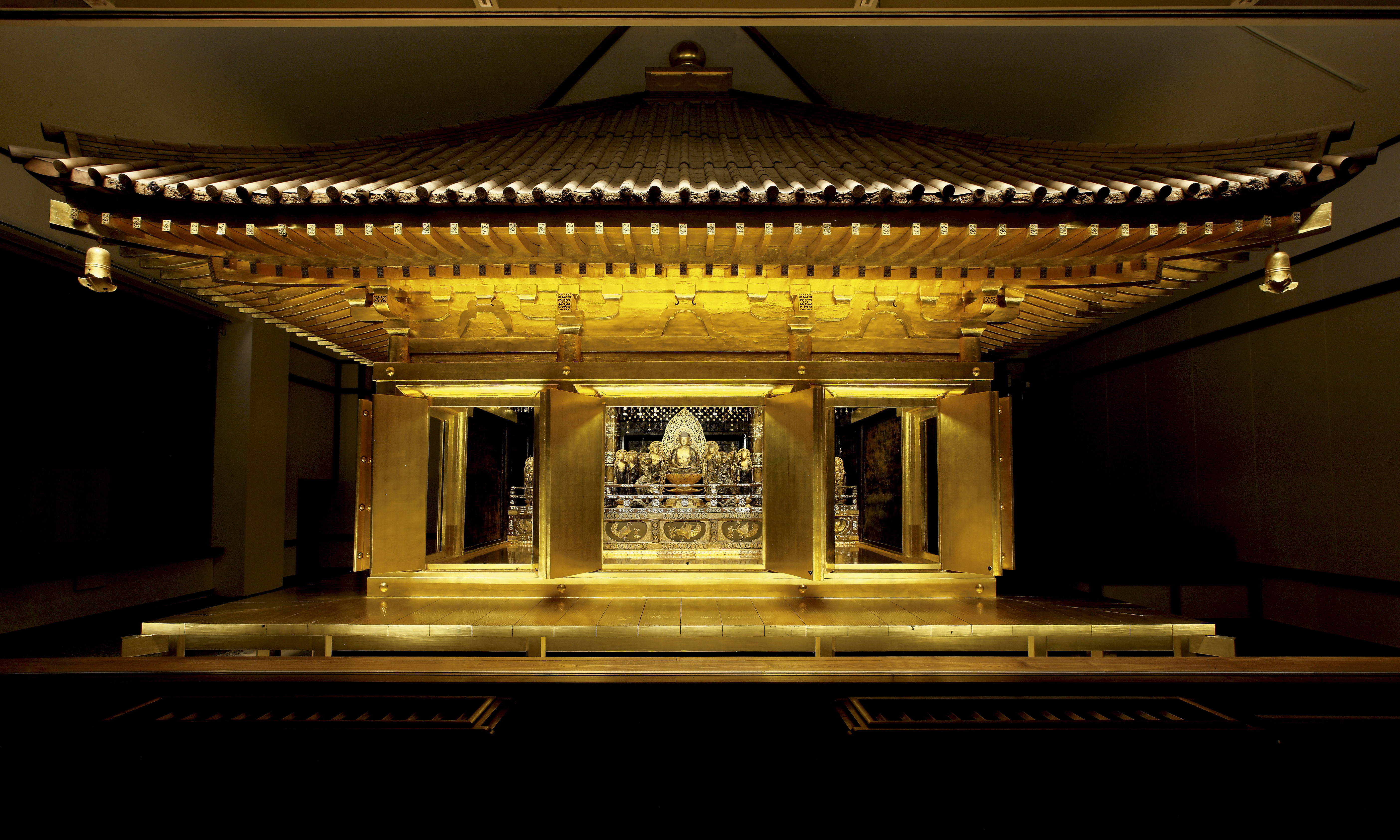
12世紀、奥州藤原氏の初代・藤原清衡(ふじわらのきよひら)は中尊寺をはじめ、数々の寺院を建立しました。そこには、長い戦乱の末に、仏教に根ざした永遠の平和を願った清衡の思いが込められています。現在、平泉には3,000点余りの国宝・重要文化財が守り伝えられています。
It was rebuilt in the 12th century by Fujiwara no Kiyohira, founder of the Northern Fujiwara clan, with prayers for lasting peace after the deaths of many of his family members in two major wars.Today it has the finest collection of Buddhist art in eastern Japan, some 3,000 items including National Treasures and Important Cultural Properties.
It was rebuilt in the 12th century by Fujiwara no Kiyohira, founder of the Northern Fujiwara clan, with prayers for lasting peace after the deaths of many of his family members in two major wars.Today it has the finest collection of Buddhist art in eastern Japan, some 3,000 items including National Treasures and Important Cultural Properties.
毛越寺
Motsuji
12世紀半ば、奥州藤原氏の2代・基衡(もとひら)は父・清衡の仏教への信仰を受け継ぎ、毛越寺を建立します。当時は中尊寺をしのぐ規模だったと言われており、後に奥州藤原氏を滅ぼした源頼朝も「我が国に並ぶものがない」と感嘆したといわれています。
The ancient Mōtsūji temple was built in the late 12th century, by the second and third lords of the Northern Fujiwara clan, Motohira and Hidehira.
It is said to have eclipsed the grandeur of the nearby Chūsonji temple, with the shogun Minamoto no Yoritomo claiming there was nothing finer in all Japan.
The ancient Mōtsūji temple was built in the late 12th century, by the second and third lords of the Northern Fujiwara clan, Motohira and Hidehira.
It is said to have eclipsed the grandeur of the nearby Chūsonji temple, with the shogun Minamoto no Yoritomo claiming there was nothing finer in all Japan.
小岩井農場
Koiwai Farm
1891年に、本格的な洋式農場を目指して開設。「我が国における近代農場の発展過程を知る上で重要である」と評価され、2017年には建造物21棟が重要文化財に指定されました。
歴史的建造物群のほとんどが今も現役で使用されている、まさに「生きた文化財」です。
Koiwai Farm was established in 1891 with the aim of creating a fully-fledged Western style farm.
In 2017, the government of Japan designated 21 of its buildings as Important Cultural Properties, noting that the site as a whole is “indispensable for understanding the development of modern farming in Japan.”

歴史的建造物群のほとんどが今も現役で使用されている、まさに「生きた文化財」です。
Koiwai Farm was established in 1891 with the aim of creating a fully-fledged Western style farm.
In 2017, the government of Japan designated 21 of its buildings as Important Cultural Properties, noting that the site as a whole is “indispensable for understanding the development of modern farming in Japan.”

日本の近代酪農の初代牛の記録映像
(当時のガラス乾板の高精細画像)
High resolution Digital Archiving of First-generation Cattle in Modern Japanese Dairy Farming from Old Glass plate negatives
柳之御所遺跡
Yanagi Palace Site
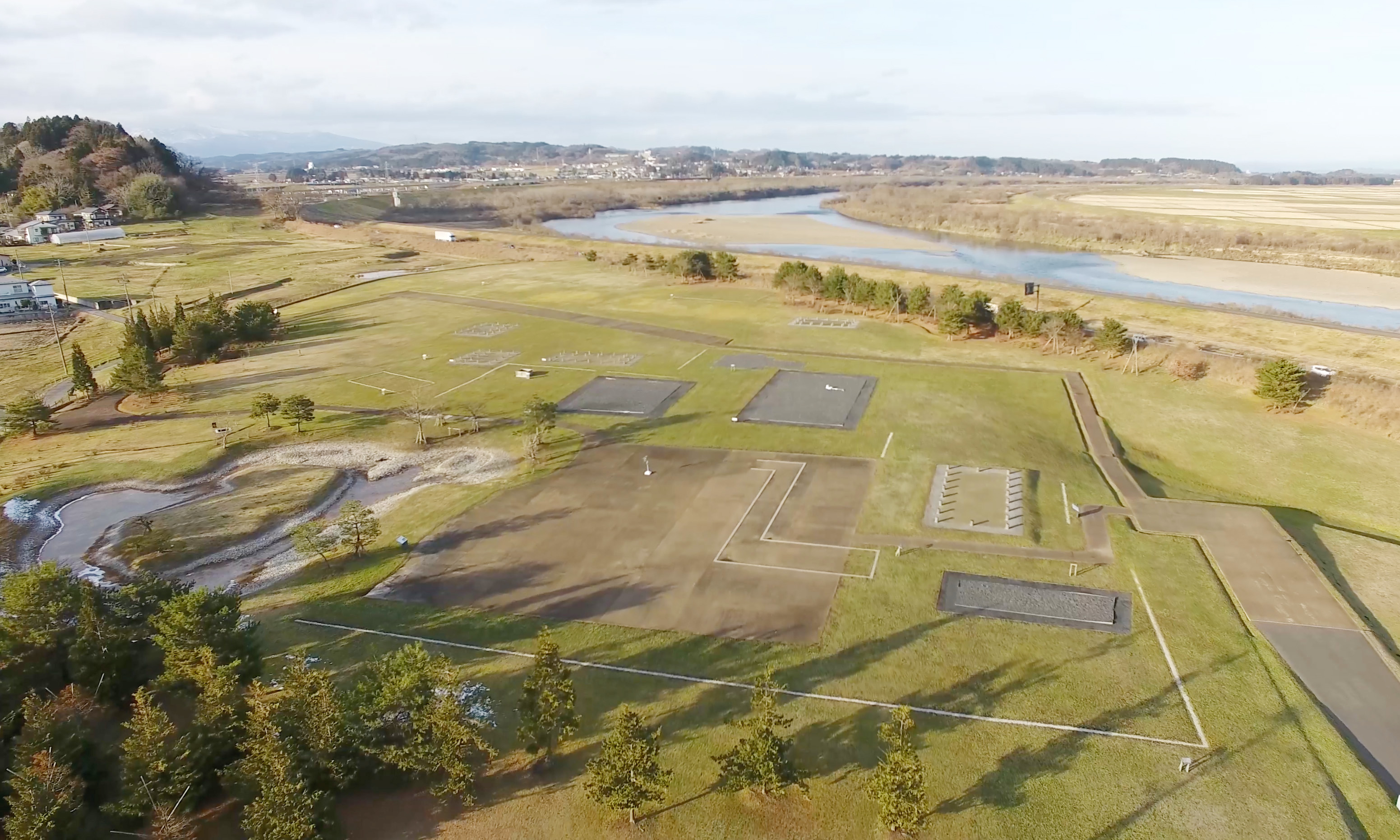
柳之御所は、初代清衡が平泉で最初に居館を構えた場所であり、3代秀衡が政庁・平泉館(ひらいずみのたち)を建設した、奥州藤原氏の政治的拠点と推定されています。また、北西の山上に金色堂を臨むように設計されています。
Here stood the Yanagi Palace, home of the first and second Northern Fujiwara lords, Kiyohira and Motohira.
This site has yielded the richest archaeological finds of the Hiraizumi monument group, demonstrating that it was the primary seat of power of the Northern Fujiwara clan.
Here stood the Yanagi Palace, home of the first and second Northern Fujiwara lords, Kiyohira and Motohira.
This site has yielded the richest archaeological finds of the Hiraizumi monument group, demonstrating that it was the primary seat of power of the Northern Fujiwara clan.
達谷窟毘沙門堂
Bishamon Hall at Takkoku no Iwaya
達谷窟は、かつて蝦夷の首領が立てこもったとされる岩窟です。一説には、延暦二十年(801年)にこれを討伐した坂上田村麻呂が建立したと伝えられています。窟から突き出すように建造された毘沙門堂には、108体の毘沙門天が祀られています。
In the year 801, Tamuramaro defeated the rebel leader Akuro’ō in this area. In thanks for divine protection, he built this cliffside temple venerating Bishamon-ten, a Buddhist guardian deity. Patterned after the Kiyomizu Temple platform that Tamuramaro had built in Kyoto, this hall stands on many stout posts. There are 108 statues of Bishamon-ten within the temple.
In the year 801, Tamuramaro defeated the rebel leader Akuro’ō in this area. In thanks for divine protection, he built this cliffside temple venerating Bishamon-ten, a Buddhist guardian deity. Patterned after the Kiyomizu Temple platform that Tamuramaro had built in Kyoto, this hall stands on many stout posts. There are 108 statues of Bishamon-ten within the temple.
観自在王院跡
Remains of Kanjizaioin
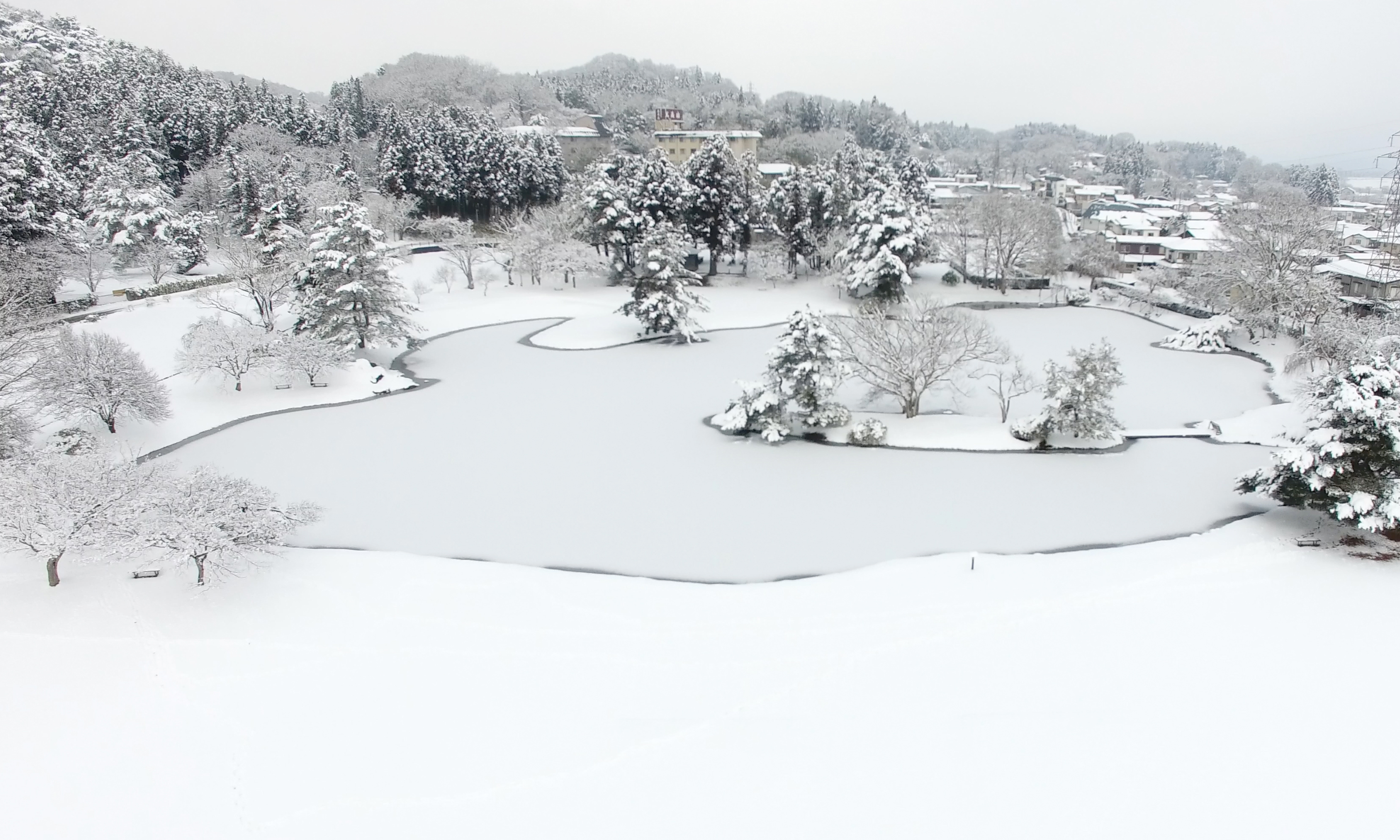
毛越寺に隣接する、観自在王院跡は12世紀半ば、奥州藤原氏2代基衡の妻が寺院を建立した場所と伝えられます。観自在王院には、かつて極楽浄土を表現した庭園があり、当時の遺構がほぼ完全に残されています。
The remains of Kanjizaiō-in are adjacent to the Motsūji temple. In the mid-12th century, the wife of Fujiwara no Motohira converted her residence into this temple. The Pure Land Garden was designed in accordance with Japan’s oldest landscape garden manual, the Sakuteiki. Remains from the Heian period are well preserved even today.
The remains of Kanjizaiō-in are adjacent to the Motsūji temple. In the mid-12th century, the wife of Fujiwara no Motohira converted her residence into this temple. The Pure Land Garden was designed in accordance with Japan’s oldest landscape garden manual, the Sakuteiki. Remains from the Heian period are well preserved even today.
無量光院跡
Remains of Muryokoin

無量光院は、奥州藤原氏3代秀衡が、京都の平等院鳳凰堂を模して建立したとされています。後の度重なる火災で建造物は失われましたが、発掘調査の結果、平等院よりも規模が大きかったと推定されています。
The Muryōkōin temple, modeled on the famous Byōdōin temple in Kyoto, was built by Hidehira, third lord of the Northern Fujiwara clan. Although the Amida Hall burned down long ago, the remains of its posts and its wing corridors show that it was designed on a larger scale than the Byōdōin.
The Muryōkōin temple, modeled on the famous Byōdōin temple in Kyoto, was built by Hidehira, third lord of the Northern Fujiwara clan. Although the Amida Hall burned down long ago, the remains of its posts and its wing corridors show that it was designed on a larger scale than the Byōdōin.
骨寺村荘園遺跡
Honedera Village Estate Site
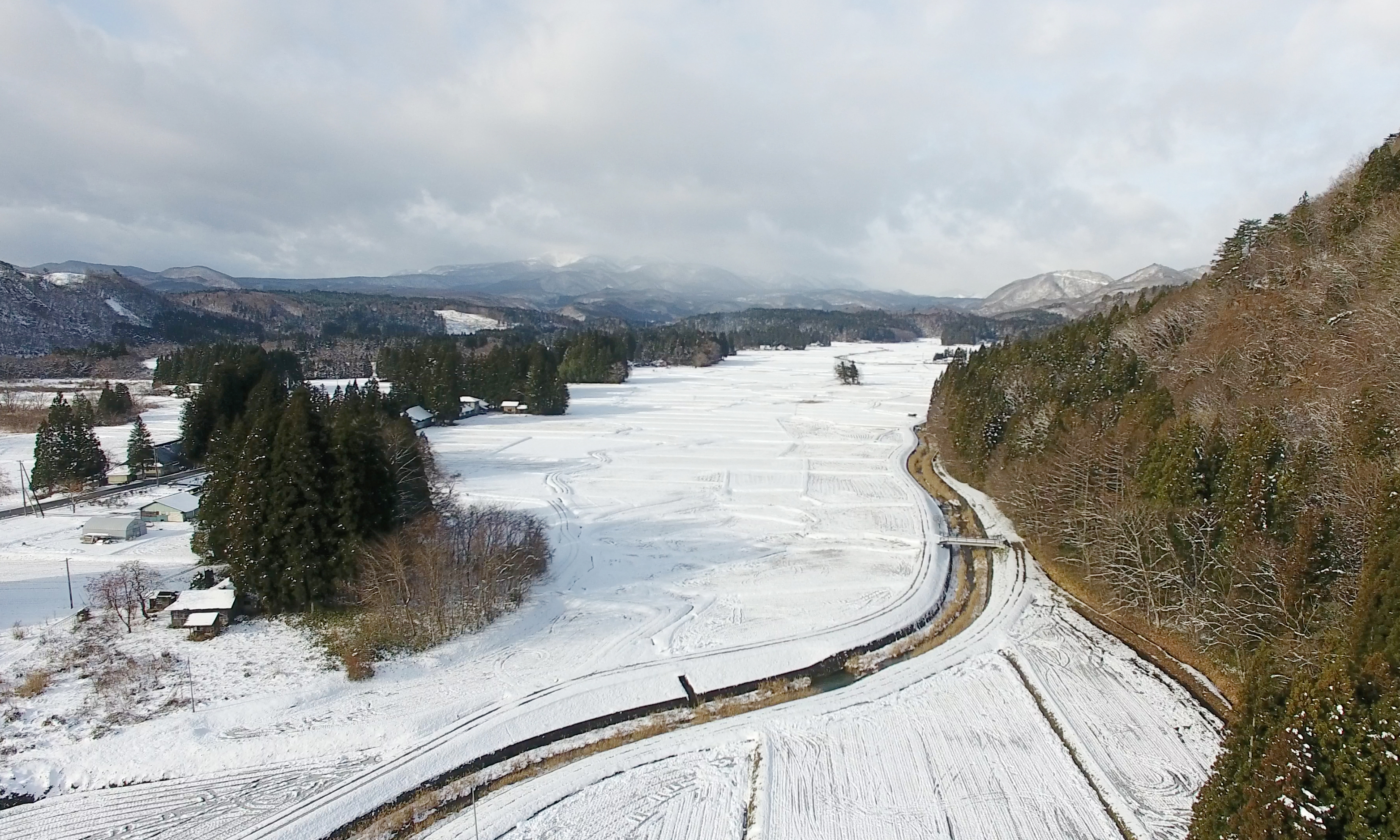
かつての骨寺村は、中尊寺経蔵の別当の所領として、経蔵を経済的に支えてきた地域です。
12世紀に描かれた『陸奥国骨寺村絵図(むつのくにほねでらむらえず)』に描かれた当時の荘園の景観が、ほぼ近い形でその面影をとどめています。
The Honedera village estate provided economic support for the Scripture House at the Chūsonji temple.
An illustrated map of Honedera from the 12th century shows temples, shrines, grottoes and other features that remain today in very good condition. The landscape of that time has been passed down almost intact.
12世紀に描かれた『陸奥国骨寺村絵図(むつのくにほねでらむらえず)』に描かれた当時の荘園の景観が、ほぼ近い形でその面影をとどめています。
The Honedera village estate provided economic support for the Scripture House at the Chūsonji temple.
An illustrated map of Honedera from the 12th century shows temples, shrines, grottoes and other features that remain today in very good condition. The landscape of that time has been passed down almost intact.

